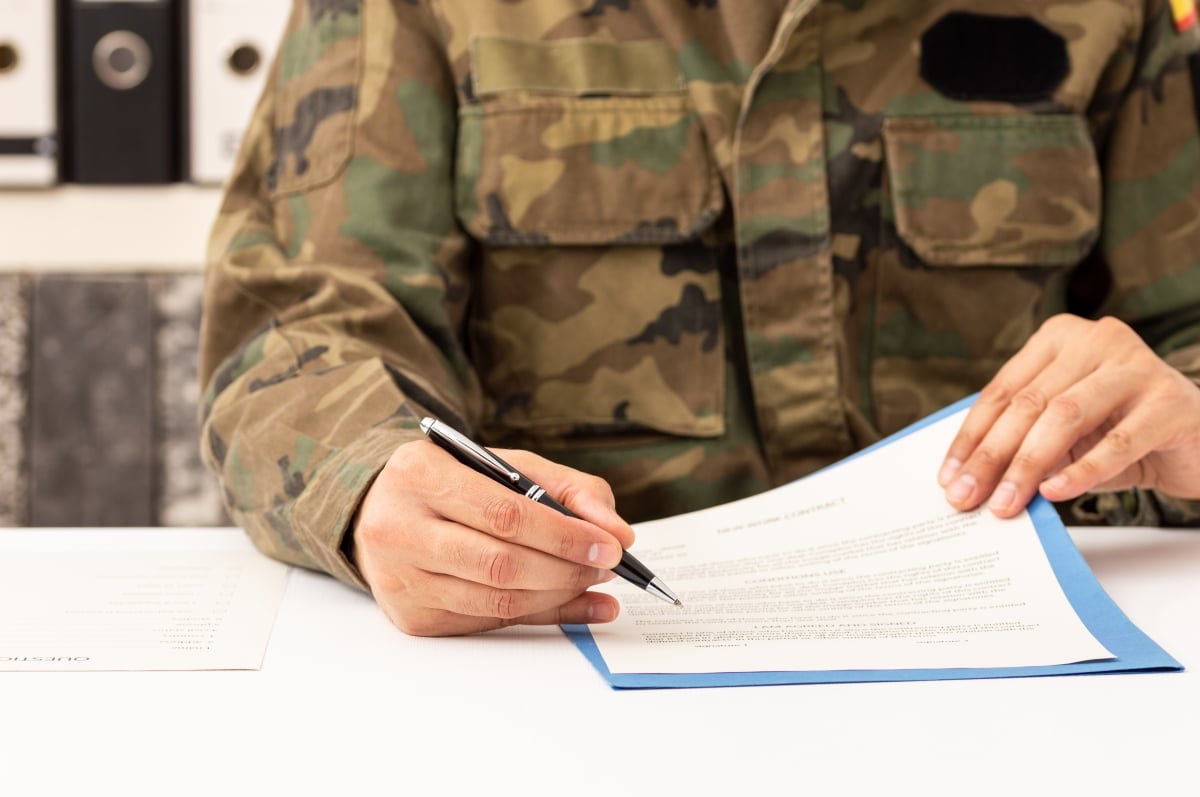In response to a recruiting crisis, the U.S. Army has spent over $100 million in 2023 to establish schools designed to help potential recruits who fail to meet academic or physical standards. The Future Soldier Preparatory Course was introduced as a solution to the worst recruiting environment in the 50-year history of the all-volunteer military, with less than a quarter of young Americans qualifying to join. The pilot program at Fort Jackson, South Carolina, saw over 6,800 recruits advance to basic training by June.
Key Points:
- Patricia Limbaga, a 23-year-old from Chesterfield, Virginia, was one such prospective recruit who had struggled to meet the Army’s academic and physical standards. Brig. Gen. Richard Harrison introduced her to the Future Soldier Preparatory Course.
- The Army’s recruitment issues largely coincide with low unemployment rates, as more young people opt for jobs in the private sector or attend college. In February, unemployment was at its lowest mark in 54 years, and despite a slight increase, remains historically low.
- Army Secretary Christine Wormuth has expressed concerns that the Army may struggle to meet its recruitment goal of 65,000 this year. However, graduates of the preparatory course have performed well in basic training, and their attrition rate is lower than average.
- While it’s crucial to meet recruitment numbers, the Army also emphasizes the importance of maintaining academic standards, acknowledging a correlation between high test scores and successful performance of military tasks.
- Despite initial struggles, Patricia Limbaga successfully graduated from the preparatory course, losing 25 pounds and improving her military entrance exam score from 18 to 49. She is now completing advanced training to be an Army cook at Fort Gregg-Adams in Virginia.






